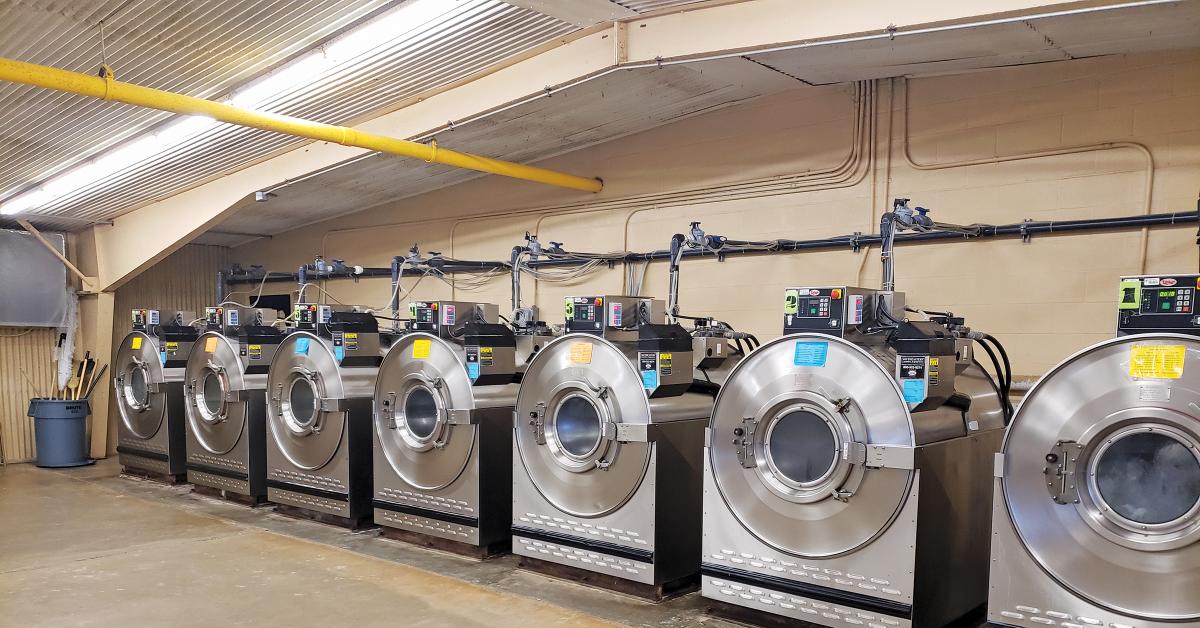ELMORE, Ala. — On-premises laundries have unique challenges and concerns.
But how about when those “premises” are scattered across an entire state?
That’s what Michael Arnold and the laundry staff with the Alabama Department of Corrections (ADOC) face every day.
Arnold, laundry coordinator for ADOC, has to ensure staff is fully prepared, that supplies are fully stocked and that the inmates’ laundry from all of the facilities is processed—and that quality of the goods is maintained.
American Laundry News recently had a chance to ask Arnold about ADOC’s laundry operations and how he and the staff keep it all working properly.
In this installment, Arnold talks about how the ADOC laundry functions on a day-to-day basis.
With laundry being done for 26 facilities, how do you ensure the laundry is done well and on-time?
As the Alabama Department of Corrections’ Laundry Coordinator, I ensure that every location keeps a two-week supply of laundering necessities on hand.
We also have annual trainings for laundry workers in the facilities to ensure that our people are up-to-date on best practices for the immense laundry needs of these facilities. We have a great staff who do an excellent job meeting the demands of the job.
What are some of the unique needs your laundries face and how do you meet those needs?
The volume of laundry we process is our biggest challenge—it is a significant amount. We have some idea of how much volume we’ll receive but must be adaptable as amounts can change at a moment’s notice.
How many pounds of laundry are you processing?
At the Elmore Correctional Facility Laundry, where we process inmates’ laundry from four facilities, we process 525,000 pounds of laundry a year.
How do you make sure your facilities have the equipment and products they need? How do you get support from your distributors?
As I mentioned earlier, I ensure that every location keeps a two-week supply of laundering necessities on hand. If supplies in any facility are running low, I will order more from our vendors or borrow excess supplies from another facility to fill in the gap. We have great relationships with our vendors, Commercial & Coin Laundry Equipment Co. (CLEC) and Southeastern Laundry.
Who handles maintenance? What does your preventative maintenance schedule look like? What kind of maintenance needs are common in your facilities?
When it comes to the washers and dryers, the ADOC Maintenance Technicians are equipped to handle routine maintenance. We inspect our laundry equipment at each facility to ensure it is functioning properly.
For the washers, we grease the belts once a month and change the filters once a day. For dryers, we blow out the burners every six months and clean the lint screens twice a day. The ozone machine, which is under warranty, is serviced quarterly. Ozone is an efficient sanitizer and disinfectant. The solution is an alternative to hot water.
If the ozone machine, which carries a warranty, goes down, we call on a technician from Southeastern Laundry or CLEC to service the ozone machine.
At Elmore’s laundry, our machines are industrial-sized, and we process thousands of garments daily, so our machines do suffer wear and tear. The most common issues are leaks and broken or malfunctioning parts.
Check back Tuesday for the conclusion on challenges and successes.
Have a question or comment? E-mail our editor Matt Poe at [email protected].


